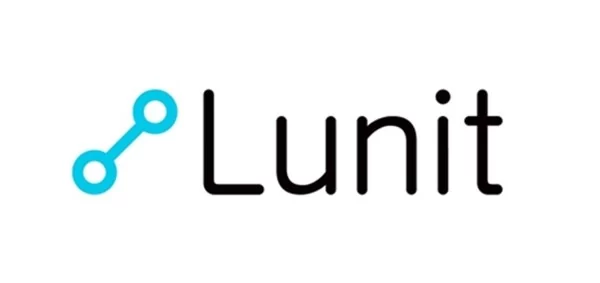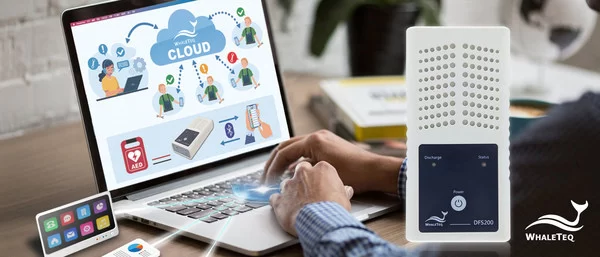SINGAPORE, July 26, 2022 — Vela Diagnostics announced that it has developed a PCR test kit to detect the monkeypox virus (MPXV), for research use only (RUO). The ViroKey® MPXV…
Insurance providers can assess customer health risks in real-time using contactless vital sign monitoring solution from NuraLogix
LAS VEGAS, June 29, 2022 — Insurance providers are now able to evaluate customer health risks in real-time using a revolutionary contactless wellness and vital sign monitoring solution from…
Stryker’s debut at World Intelligence Congress: Bringing Stryker’s Advanced Digital Healthcare to China
SHANGHAI, June 24, 2022 — Stryker (NYSE:SYK), a leading medical technologies company, attended the 6th World Intelligence Congress (WIC) in China, showcasing how its Advanced Digital Healthcare solutions brings clinical,…
First AI to Refine Medical Coding by Exploring Therapeutic Data
SAN FRANCISCO, June 2, 2022 — Medical AI start-up Aesop Technology announced a new partnership that made their new product, DxPrime, available in the Olive Library. DxPrime provides physicians and clinical…
Breakthrough Study Validates Artificial Intelligence as a Novel Biomarker in Predicting Immunotherapy Response – Published in Journal of Clinical Oncology
Lunit’s latest study provides evidence for Lunit SCOPE IO’s ability to predict immunotherapy response This is the first study that adopted…
Vocera, now part of Stryker, introduces latest evolution in hands-free communication to help protect and connect healthcare workers
New Minibadge expands intuitive mobile solutions for care team collaboration and safety KALAMAZOO, Michigan, USA, March 1, 2022 — Vocera, now part of…
Leading E-commerce Logistics and Fulfillment Brand NextSmartShip Partners with B2B Medical E-commerce Giant LyncMed
——NextSmartShip Solution for B2B E-commerce Platforms to Extend Global Reach SHENZHEN, China, Jan. 13, 2022 — NextSmartShip, a world-leading fulfillment service provider for global e-commerce sellers, signed a strategic partnership agreement…
Medigate and CrowdStrike to Provide Healthcare Organizations with Unified Endpoint Security for Medical IoT Devices
Integration enables comprehensive visibility, enhanced risk management and security enforcement BROOKLYN, N.Y., Sept. 9, 2021 — Medigate, healthcare’s Best in KLAS IoT Security Provider, today announced it has partnered with CrowdStrike, a leading provider of cloud-delivered endpoint and workload protection, to provide healthcare delivery organizations (HDOs)…
Clarivate Report Demonstrates that Nations or Institutions with Diverse Research Priorities Respond More Comprehensively to Unprecedented Scientific Challenges
Forward-looking approach offers a valuable new tool for anticipating and preparing for the unexpected LONDON, June 16, 2021 — Clarivate Plc (NYSE: CLVT), a global leader in providing trusted information and insights to accelerate the pace of innovation, today released a new Global Research…
WhaleTeq Launches First AED Management Platform with DFS200 to Provide Most Effective and Efficient Maintenance Solution
TAIPEI, June 4, 2021 — WhaleTeq, a Taiwan-based Innovative medical device testing solution company, launches the first AED management platform with their latest defibrillator tester, DFS200, to fill in the AED testing and maintenance gap. AED testing and maintenance is of great importance as AED failures can be life-threatening. AED…











